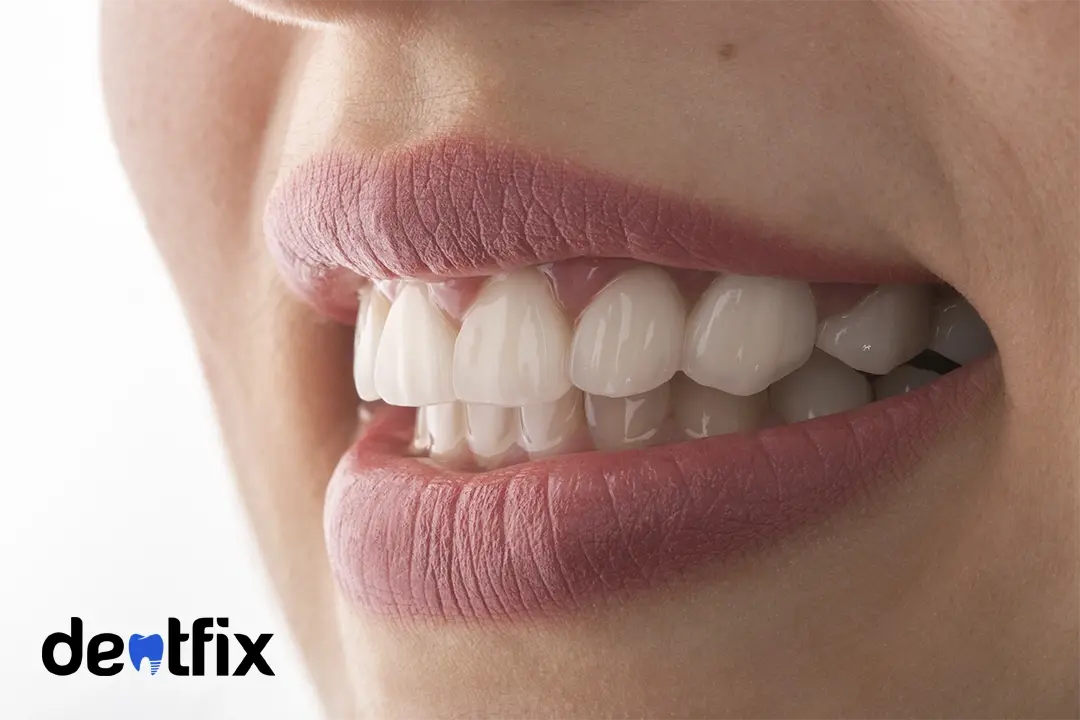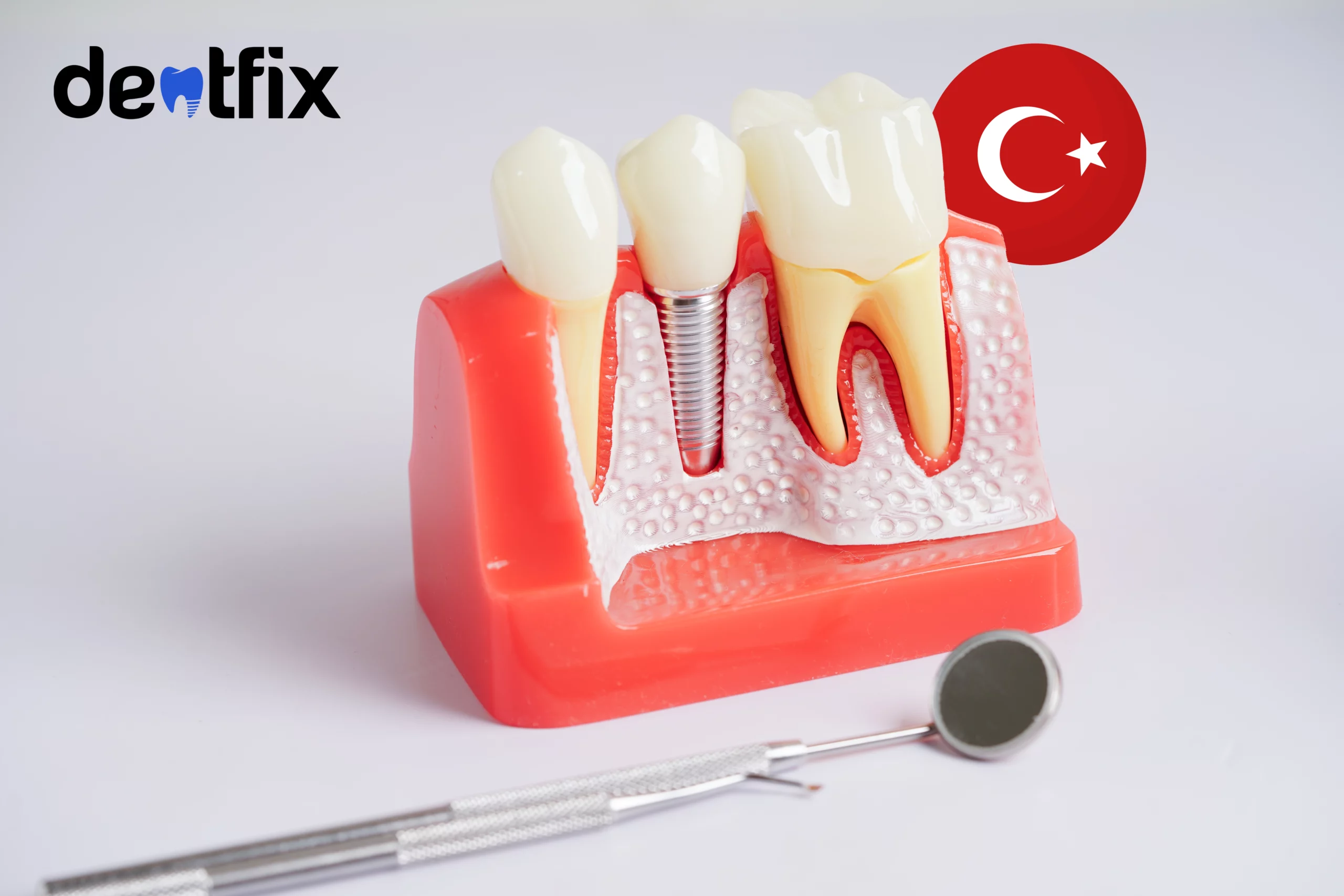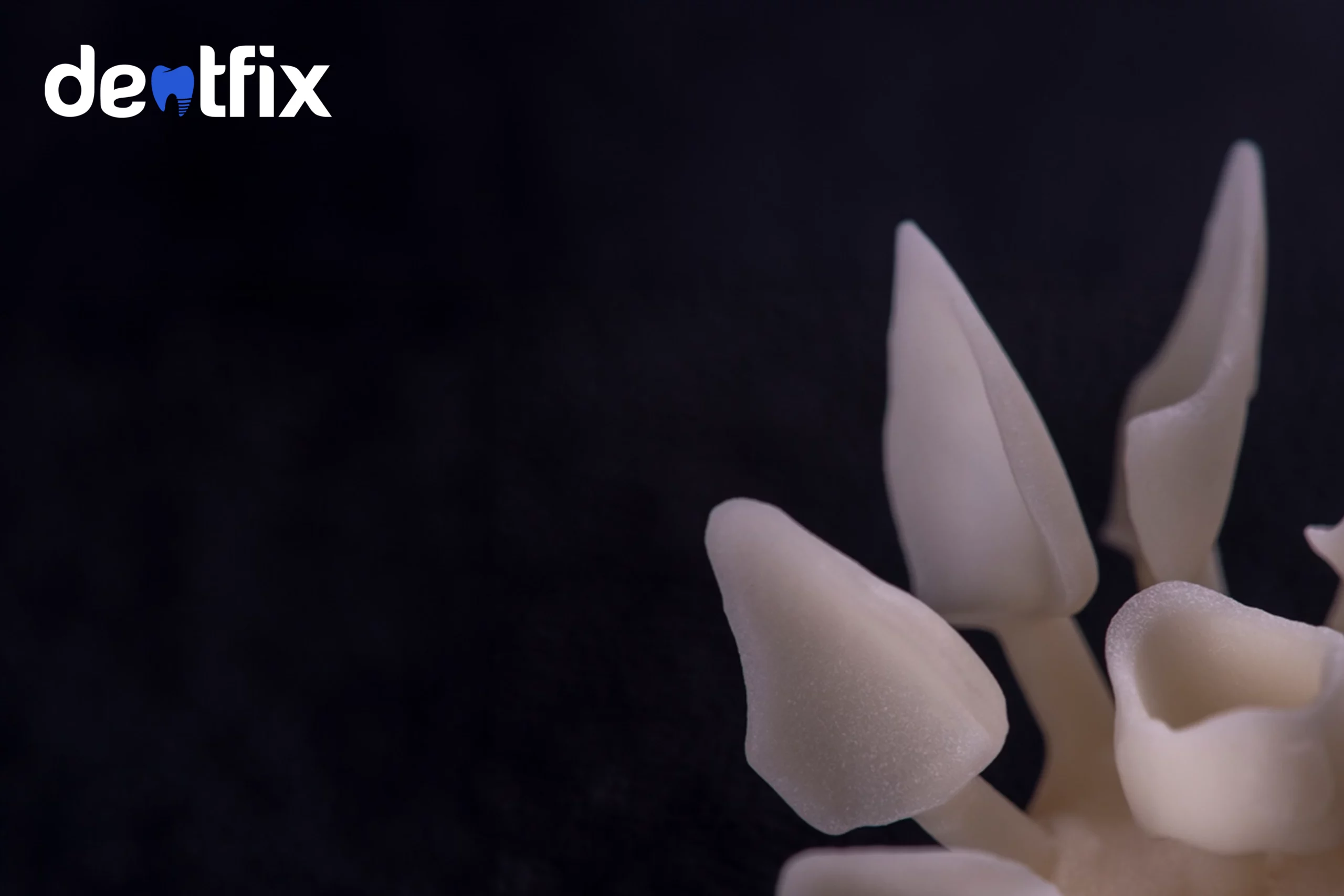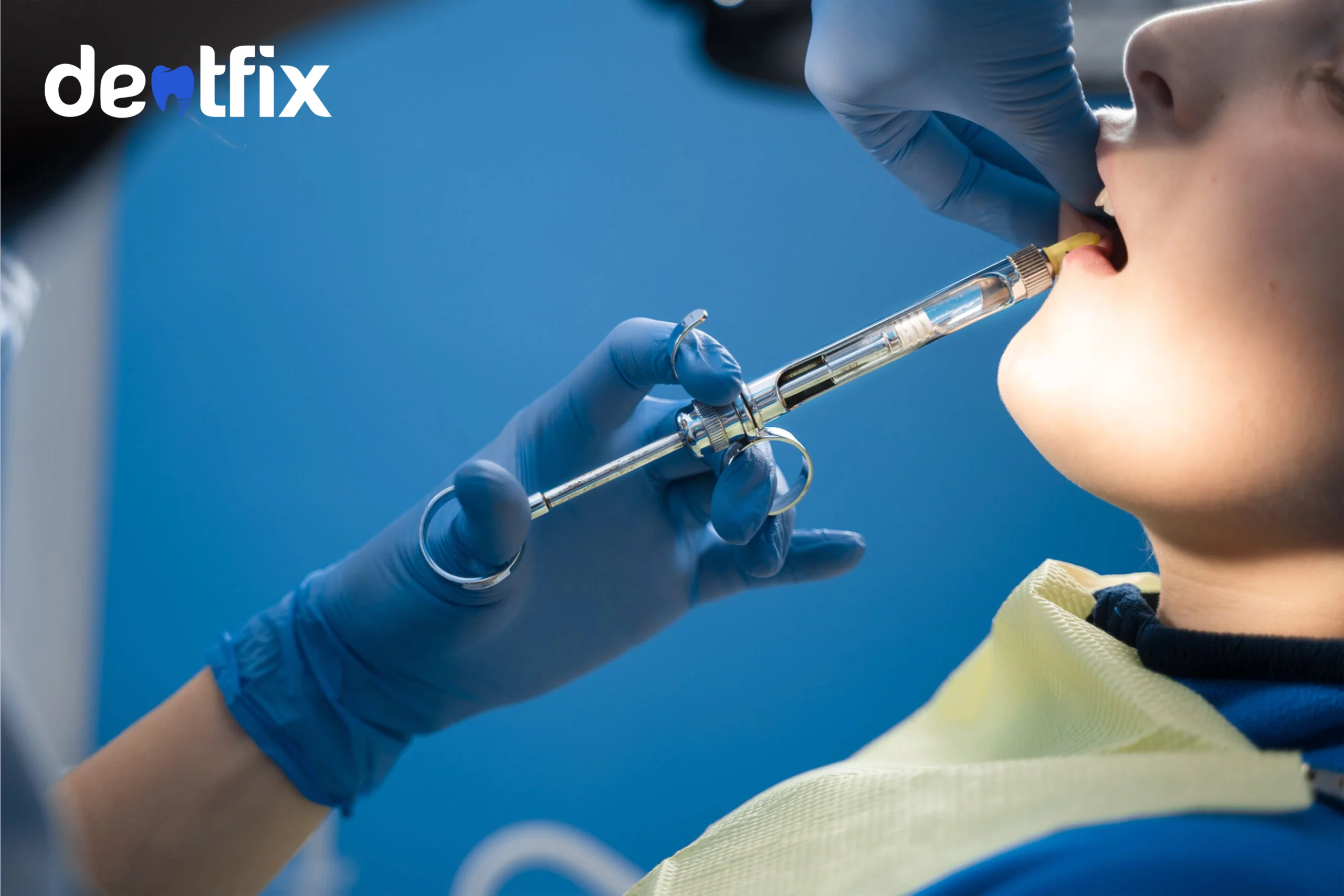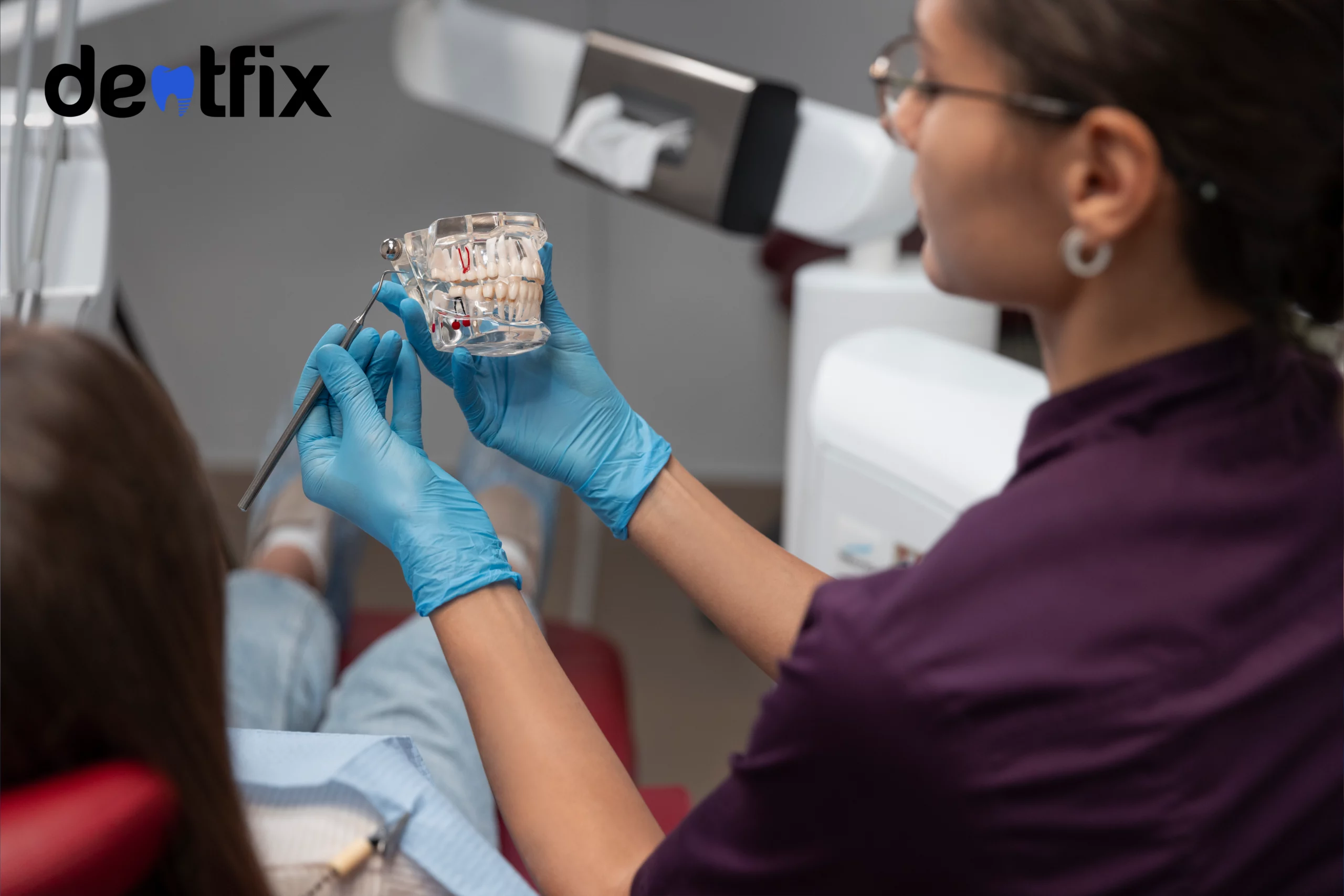In dentistry, the bite is known as the way your upper teeth and lower teeth come and sit together when you close your mouth and your jaws are resting. Bite is also referred to as occlusion. You might think do we have a normal bite? The answer is yes. A normal and healthy bite is when your upper teeth sit slightly over your lower teeth. Anything different would be called a malocclusion or a bad bite which means misaligned teeth. We can put types of teeth bites or classes of malocclusions into three groups.
Malocclusion classification
As we said, there are three main classifications of malocclusion. Each class can come with its own complications. Here, we give you more detailed information about each one.
- Class I: This group means there is a normal relationship between the upper jaw and the lower jaw. The teeth fit each other normally and usually, there is no specific complication.
- Class II: Unlike the first group, here the upper front teeth cover the lower front teeth. Simply saying this is classified as an overbite.
- Class III: In this group almost the opposite of what happens in class II is true. The lower molars are closer to the front of your mouth. So the lower teeth are covering your upper ones. Which makes it an underbite.
Each of these classes represents its own kinds of problems and symptoms. Let’s dig in, and find out more about the types of teeth bites and their treatments!
What are the different types of bites in teeth? How to solve the problem?
Now, you might be wondering how are these names related to the classifications. The first thing to remember is that it is up to your dentist to figure that out! So don’t worry about it! We just try to provide you with the information to help you understand your dentist better. On that note here is a list of the different types of teeth bites.
- Crossbite
- Overbite
- Underbite
- Open bite
- Deep bite
- Protrusion
Now, we will go through each one and their treatments that would help solve the issues that come with that bite.
Crossbite
Simply put a crossbite is when your teeth don’t align properly. It can happen to one or a group of teeth. With a crossbite, your upper teeth sit inside your lower teeth. There are two groups of crossbites:
- Posterior crossbite: In this case, your teeth in the back sit inside your lower teeth which also means your upper jaw (maxilla) is narrower than your lower jaw (mandible).
- Anterior crossbite: Unlike posterior crossbite, this affects the upper front teeth. In this case, one or more teeth are involved and sit behind the lower front teeth.
Having a crossbite can cause a lot of problems especially if left untreated. Since your teeth are not aligned properly your jaw muscle activity changes and this can result in jaw pain and pain in your jaw joint also known as the temporomandibular joint. Since also uneven wear in your teeth. In worst cases, an untreated crossbite can cause gum disease. Tooth decay is another problem that is due to bad oral hygiene since the teeth are not straight so cleaning them can be difficult.
Treatment
All those problems sound scary but here is the good news! They’re all treatable. Your dentist will come up with a treatment plan that best suits your crossbite problem. One of the most common orthodontic treatments is braces. There are headgears or retainers that can be used as well. Invisalign is another well-known treatment. Expanders can be used to open up the upper arch which is another common treatment. In some rare cases, you might even need oral surgery.
Overbite
An overbite is when the upper front teeth stick out more than usual from your lower teeth. All people have a slight overbite which is actually normal and a healthy bite includes that. If the front teeth are projecting too much that can cause problems. What kind of problems? Problems such as tooth wear, discomfort and pain especially while chewing, severe headaches, and sleep apnea.
Treatment
Treatment for an overbite would be easier to do in children and teenagers since their jaw is still developing. But in adults, it can be a bit difficult. Whether you are an adult or younger your dentist will come up with the best orthodontic treatment plan for you.
The treatment plans for children and teenagers can include baby teeth removal which will give the permanent teeth enough space to grow straight. Braces and retainers can also be used to help with the correction of teeth alignment.
Since in adults permanent teeth are already complete teeth removal would be the last resort to help with alignment correction. In severe cases of overbite, there might be a need for oral surgery. But using braces to fix overbite would be more common.
Underbite
You can say underbite is the opposite of overbite. So when the lower teeth surpass the upper teeth it is called an underbite which belongs to malocclusion class III. And of course, there are different levels of an underbite. Severe cases of underbite can cause problems if left untreated. Problems such as chipped teeth and in the worst cases even breakage. Difficulty chewing and eating are among the other problems. Due to the misalignment, there could be oral hygiene problems that can cause bad breath.
Treatment
To treat an overbite there are several options and depending on the severity the dentist will choose one best suited to your condition. Again the most common orthodontic treatment used is braces. Your orthodontist might also use elastics to help with the correction while you still have your braces. Another treatment for severe cases is a reverse pull headgear also known as a face mask. Sometimes oral surgery is needed to correct jaw alignment.
Open bite
An open bite refers to the upper front teeth and lower front teeth as when your jaw is resting the front teeth don’t touch and there is a gap present between the upper and lower front teeth. This is called an anterior open bite. There is also a posterior open bite which might not be as obvious as an anterior one.
A posterior open bite might cause fewer problems than an anterior open bite and mainly it is with chewing because the molars and premolars don’t touch making it difficult to eat. With an anterior open bite, there’s the cosmetic side of it since the open bite is in front and fairly visible but it also causes problems such as mouth breathing, difficulty swallowing, biting, and chewing.
Treatment
The open bite usually happens in children especially when they use a pacifier or bottle for longer than supposed to. Even thumb-sucking can cause an open bite in children. Sometimes the open bite goes away by behavioral change or when the adult teeth start to come in. If an open bite doesn’t go away or an adult has open bite braces, headgear and Invisalign are other treatments that can be used. As a last resort oral surgery is another treatment available.
Deep bite
When the upper front teeth completely cover the lower ones when your jaw is resting and your back teeth are closed it is called a deep bite. The complications that happen with deep bite are wear in lower teeth, crooked teeth, sores and ulcers on the roof of the mouth, and temporomandibular joint disorder which means you have difficulty moving your jaw joint and there’s a pain in it.
Treatment
As with other bad bites mentioned, we have similar treatments to correct deep bites. Braces, Invisalign, and retainers are some of the most common types of treatment. In some cases fixing the posterior teeth that have been worn down could fix the deep bite as well. Your dentist might use implants to replace them or teeth bonding to fix your worn-out teeth. In cases with jaw problems, surgery might be an option as well.
Protrusion
You might have heard the term “buck teeth” which is a very informal way of saying that the upper teeth are sticking out more than usual or both lower and upper teeth have grown at an angle and are sticking out. This is called protrusion. Since the front teeth have grown at an angle they might be more prone to breakage and wear. Mouth breathing and difficulty closing it are other problems that happen and they can lead to a dry mouth causing tooth decay if not treated.
Treatment
Yes, you guessed it! Braces are the way to go. Other than traditional braces there are lingual braces. Unlike braces that are placed on your teeth, these braces go behind them and are barely visible. They serve the same purpose as traditional braces but from a cosmetic point of view, they’re more pleasing. Invisalign is another aesthetically pleasing option, especially for adults.
How Can I Know If I Have The Correct Occlusion?
So we have talked about types of teeth bites and how to fix them. And now, you might be wondering what is a correct occlusion or normal bite. Well, a healthy bite is when you close your teeth and your jaw is resting all sit together, and the points of your upper molars fit into the grooves of your lower ones. This will create a slight overbite. So it means your upper front teeth come a little over your bottom front teeth.
You can use a mirror, or your phone camera to check your bite. Just smile, show your pearly whites, and snap a selfie. If your upper front teeth are a little more out and are covering your lower teeth you most probably have a normal bite. Congratulations!
But even if you don’t have a normal bite, that’s ok! We here at Dentfix are here to help you! Just contact us and we will get back to you in no time!
Resources:
Leck R., Paul N., Rolland S. and Birnie D, The consequences of living with a severe malocclusion: A review of the literature, Journal of Orthodontics, DOI: 10.1177, 2021 link
Neela P. K., Atteeri A, Mamillapalli P. K., Keesara V. M. S. S., Chandra J., Monica U., Mohan V., Genetics of Dentofacial and Orthodontic Abnormalities, Global Med Genet 2020;7:95–100 link
Fernandez, C. C. A., Pereira, C. V. C. A., Luiz, R. R., Vieira, A. R., & De Castro Costa, M. Dental anomalies in different growth and skeletal malocclusion patterns. 2020, doi:10.2319/071917-482.1 link
